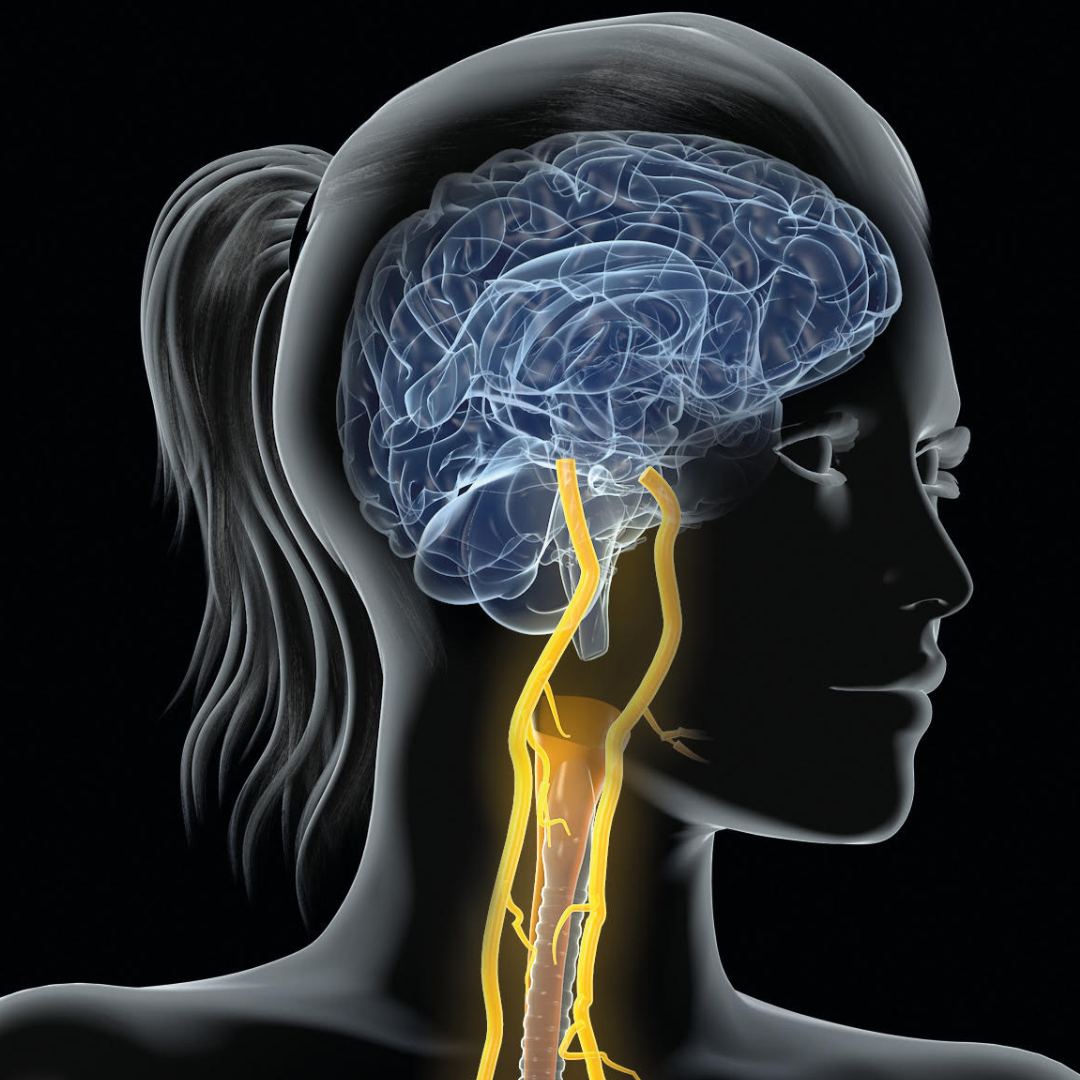When A Leader Stumbles
If you’ve ever made a mistake (and you realize it), you’ve felt the stomach drop that follows. A physical rush of regret takes over your body and brain. Whether it’s a Sunday lawn game of cornhole or the most important meeting of your professional career, the mental toe-stub that pangs our system when we error is all too real.
In the language of neuroscience, the toe stub is real. The vagus nerve connecting our body and brain is an information highway sending billions of bits of data back and forth to anticipate the body’s energy needs. Research by the acclaimed neuroscientist Dr. Lisa Feldman Barrett walks us through the process. When we experience a sudden change in our environment, as we do when we make a mistake, the uncertainty, magnitude, and unpredictability activate our bodies to prepare for some (often negative) consequence. In simple terms, the brain interprets and makes a prediction based on bodily energy changes and requirements (heart rate, temperature, blood sugar levels, etc.). This process, Dr. Feldman Barrett’s research reveals, is the construction of emotion.
But if we act out of that ‘emotion,’ we’re limited in how we can show up to the moments that follow. Let’s go back to your important meeting. As an executive leader, you’re in a position of influence. A public mistake can feel dire. You’re tempted to shrink away from the group, divert attention, and anxiously search for a quick fix. If you follow the quick-fix impulse, you risk missing a profound leadership opportunity–one with an upside that would far outweigh the mistake.
Dr. Barrett’s work introduces a new theory of constructed emotions. If emotions are constructed, they can also be deconstructed and reconstructed for more positive outcomes. With practiced awareness, we can separate the physiological signals–the quickened heart rate and the flood of stress hormones–from our emotional understanding of the event. We can find the space to breathe, calm our internal systems, and rethink our next steps from a place of safety and courage.
That simple change makes positive leadership habits more available–accountability, apology, and active remedy. In the words of Dr. Edwin Friedman, an anxious reaction to a problem is often more problematic than the problem itself. If we as leaders collect our emotions and find a strategy for a better response, we’re doing more than repairing the damage. We’re strengthening our teams by demonstrating acknowledgment in action.
I’ll venture an example of the positive upside. The other day, I was standing in the Wegman’s line, short on time. A young clerk called me to his counter and, without knowing about my inner urgency, completely stepped up to the plate. I watched his focus, his thoroughness in arranging the items, and how he’d committed the produce codes to memory to speed up the process. As I noted mentally my long list of admiration, I was interrupted by a sound–a small box of raspberries had slipped out of his hand and scattered all over the floor.
I watched his face as the first emotions set in, and I knew the stomach drop he’d just experienced. While I had no concern for the raspberries (or even for my time, immersed as I was in this episode of behavioral science), what the clerk did next was everything. He was genuine in his apology and thorough in his next steps to improve my experience, bringing some humor in and relating to me even further. He turned the berry blunder into a moment of connection. I made a point to share my positive experience with his manager. Next time I shop at Wegmans–which is often–I’ll be scanning the checkout lines for him.
We feel everything from shame to self-judgment to anger when we make mistakes. If the stakes are high, it can be a volatile emotional process that requires time and self-management tools to work through. But while we’re in the moment, we must understand the importance of what we do next. We can evolve ourselves as leaders to reconstruct our emotions, to show up to that moment with humility, immediacy, and commitment, and to exemplify the connection and accountability we’d want our teams to emulate.
In the days that follow, we can work through negative emotions and continue to capitalize on the opportunity that follows the stumble, whether that means meeting with individual team members, asking humbly for feedback, or doing some personal development to address a core cause. In the end, the whole experience can be a powerful offering. We don’t often see apologies in action or watch our leaders grapple with their own performance, but we all might put those tools into practice more often if we had the chance to learn by example.
The next time you make a mistake, commit to making the most of it in the following seconds, moments, days, and months. We explore more strategies in the Lead For Good Cohort; join us to add these and other accountability frameworks to your leadership toolkit.
Sherri McArdle is an esteemed executive coach with 20+ years of experience working with diverse teams and mission-led leaders. Sherri is a Certified Neuro-Transformational™ Coach (CNTC), a Master Certified Coach (MCC), a trained mediator, a published author, and a deep believer in leading for a higher purpose. A New York State Woman Business Enterprise (WBE), Sherri's practice empowers individuals and teams to their next level of growth and professional performance, grounded in neuroscience, through comprehensive leadership development coaching.

